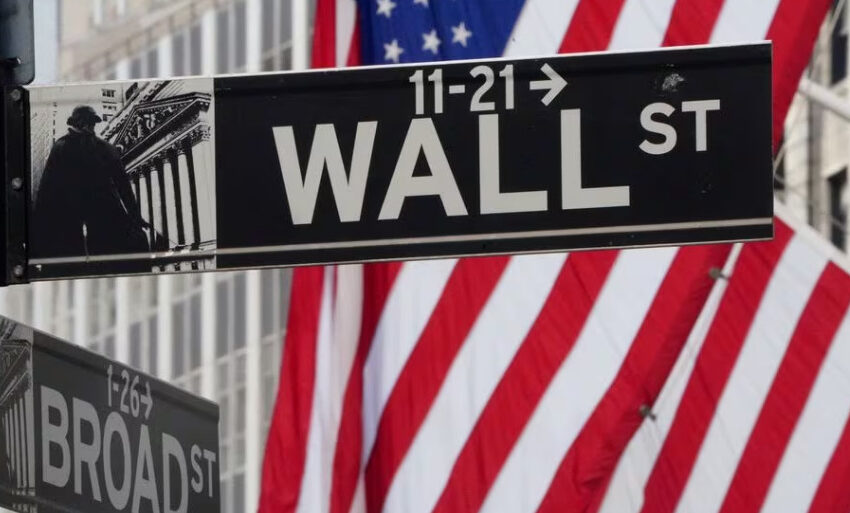NEW YORK, Dec 13 (Reuters) – For a Federal Reserve that is actively weighing an end to aggressive rate hikes aimed at lowering inflation, easing financial conditions over recent weeks, on the face of it, appear more a foe than friend of monetary policy.
Since summer’s end, Goldman Sachs’ closely watched financial conditions index, a measure of financial market tightness, surged to its highest point of the year amid a huge rout in the Treasury bond market, only to ease aggressively at the end of October, returning the index to where it was on the last day of August.
That shift complicates the Fed’s narrative. Since the spring, policymakers have argued a broad tightening in financial conditions tied to their policy as well as banking sector stress was ginning up economic restraint and greasing the path back toward their 2% inflation target. That suggests looser financial conditions should make it harder to foster lower inflation.
But current and former Fed officials and a number of private sector economists say it isn’t that straightforward, arguing the evolution of financial conditions must be viewed over a longer horizon.
Moreover, some caution against focusing on broad indexes in favor of a more focused look at the real-world borrowing costs that can promote or hinder growth. On that front, things like home loan costs, access to credit and other borrowing are still stringent and likely to moderate activity.
How this might be affecting Fed thinking at its Dec. 12-13 policy meeting depends on how policymakers view both the rapid tightening of conditions and subsequent pullback.
William English, a former top Fed staffer who is now at Yale University, said that if the tighter financial conditions seen over part of the fall had persisted it might have affected forecasts for the economy. “But at this point,” with all that’s happened over recent months, “I assume this won’t have a consequence for the meeting coming up,” he said.

